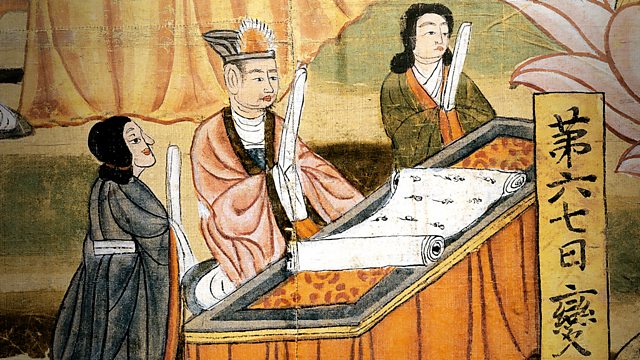China has thousands of years of history. Behind the Great Wall, this country has many fascinating secrets, historical mysteries, and more! Here are 19 facts about ancient Chinese history you definitely won’t learn in class, from a lost civilization to a cult that almost toppled a dynasty.
19 Amazing Facts About Ancient Chinese History:
Inhabited from 1.7 Million Years Ago
People have lived in the area we know today as “China” for at least 1.7 million years. Two human teeth and stone tools were found at a site in Yuanmou, China, and dated to be 1.7 million years old!

China Coexisted With Other Powerful Kingdoms
China is said to have 10 main dynasties (Learn about them all here). However, in reality, many of these dynasties were just one kingdom among many. Often, there were many different kingdoms, states, and empires all existing at the same time! In addition, there were many other central Asian states that coexisted with the Chinese dynasties including the Xiongnu, Tibetan Empire, Zunghars, Mongols, Manchus, and others.

The Xia Dynasty’s Existence is Disputed
Traditionally, the very first Chinese dynasty was the Xia dynasty, succeeded by the Shang and then the Zhou. However, there is very little concrete archaeological evidence for the existence of a unified dynasty calling themselves the Xia. Some scholars believe that the Shang invented the Xia in their writings, others think that people may have lived around the same time but were not a formal dynasty.
The evidence for the Xia dynasty includes: geologic evidence of a flood that supposedly launched the Xia dynasty, and bronze tools and artifacts recovered from the supposed homeland of the Xia. But it is unknown whether the people who made these artifacts formed a dynasty or referred to their kingdom as the Xia.

A Lost Civilization in Sanxingdui, Sichuan
While we know many legends about the Xia but cannot prove its existence concretely, there is one ancient civilization in China where we can prove its existence but know almost nothing about its culture.
In 1929, a farmer named Yan was digging a pond in Sichuan province and discovered jade artifacts underground. This site, called “Sanxingdui,” was never fully excavated until 1986. When archaeologists fully unearthed the site, they were astonished to find artifacts of incredible artistry and complexity. Giant golden masks, a 1.8-meter tall bronze figure, a huge bronze wheel, a bronze tree almost 4 meters tall, and more were all found at Sanxingdui.

The Sanxingdui civilization left no written records. Scientists and scholars are still trying to figure out who they were and why their civilization died out. Read more about it here!
The Emperor Buried With Rivers of Mercury
The first emperor of the Qin dynasty, Qin Shihuang (259-210 BCE), built an incredible and lavish tomb complex that took up 38 square miles. His tomb is still unopened to this day, because he surrounded the tomb with rivers of toxic mercury and the site is unstable for archaeological expeditions.
The ancient Chinese historian Sima Qian wrote: “The floor of the central burial chamber floats on rivers, lakes, and seas of mercury…The vaulted ceiling is inlaid with pearls and gems to emulate the sun, moon, and principal stars of the constellations in the night sky.”
Tibet Once Ruled From Bangladesh to Mongolia
The Tibetan Empire, also known as Tubo (吐蕃), peaked in size and power between 780-790. The Empire ruled territory from Kashmir almost to Chengdu, and as far north as Urumqi. The Chinese Tang Dynasty coexisted with this powerful force. Chinese emperors engaged in relations with the Tibetan Empire through battles, embassies, marriage alliance, and cultural exchange.
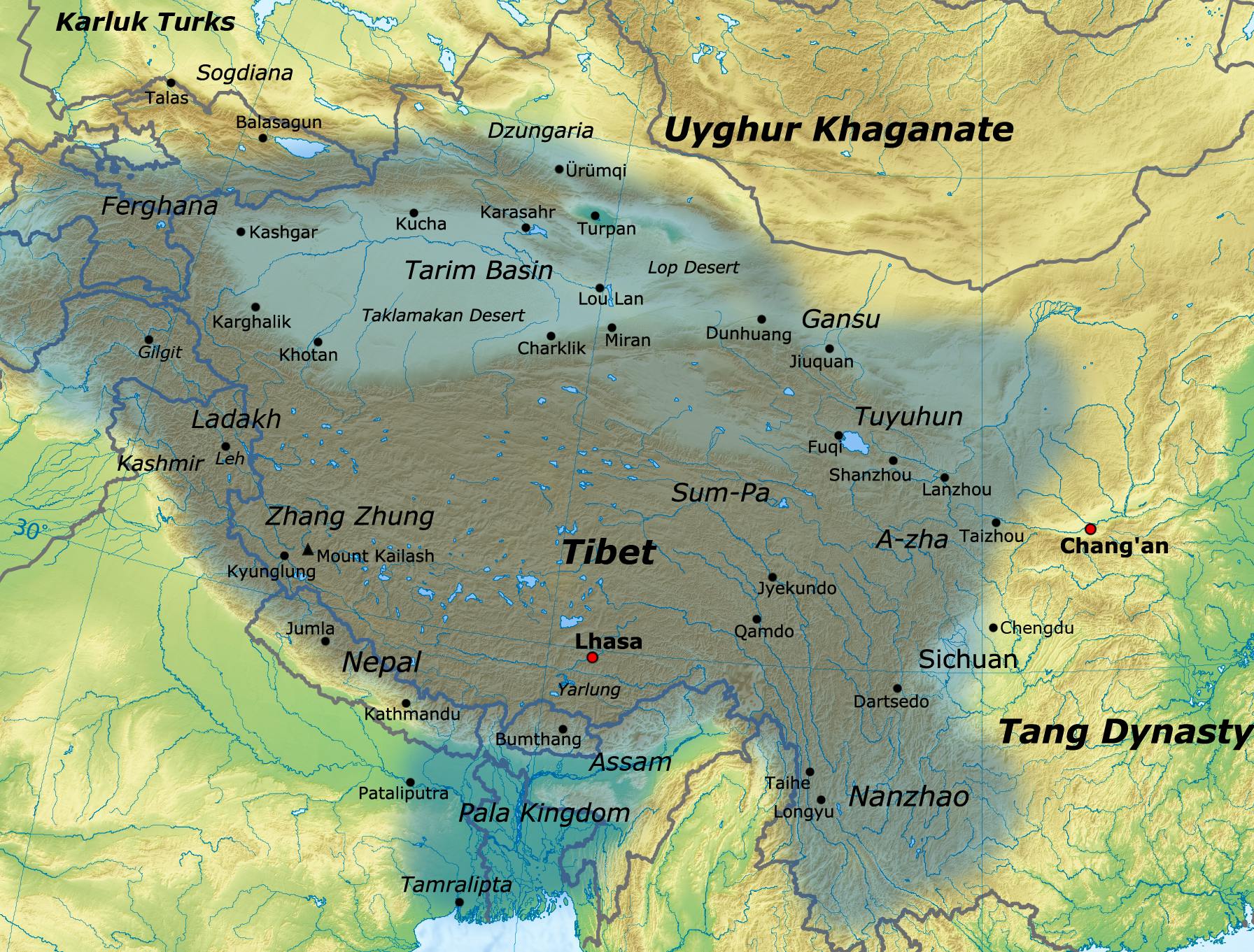
Sea Trade Was Illegal in China
Both the Ming and Qing dynasties adopted anti-trade and isolationist policies to restrict foreign interference and fight back against piracy. Called Hăijìn (海禁) policies, or “sea ban,” these were not very popular and not very effective.
In the Ming dynasty, the sea ban was supposed to protect national interest and discourage piracy. Instead, it gave rise to smuggling and bribery on the southern coast.
In the Qing dynasty, the sea ban policies were enforced more strictly. Foreigners were limited to trading with the dynasty from Macao. People from the coastal areas of Guangdong, Fujian, Zhejiang, Jiangnan, and Shandong were forced to move inland and not allowed to resettle in their ancestral homes again until the last ban was lifted in 1683. During this period, the land that would one day become Hong Kong and Shenzhen was an uninhabited wasteland.
The sea bans on travel and trade were finally lifted only after the British defeated the Qing in the destructive Opium Wars and forced the dynasty to open more ports.

The Qianlong Emperor was the “Worst Poet”
Chinese emperors were usually also poets and calligraphers. Some of them gained fame for their beautiful verses, but the Qianlong emperor became infamous for how bad his poetry was. Though he allegedly wrote 43,000 poems in his lifetime, he is accused today of bad writing, plagiarism, and even hiring ghostwriters. This is one of his poems about snow…
One piece, another piece, and another piece;
Two pieces, three pieces, four, five pieces;
Six pieces, seven pieces, eight, nine pieces;
All fly into the flowering reeds and disappear.
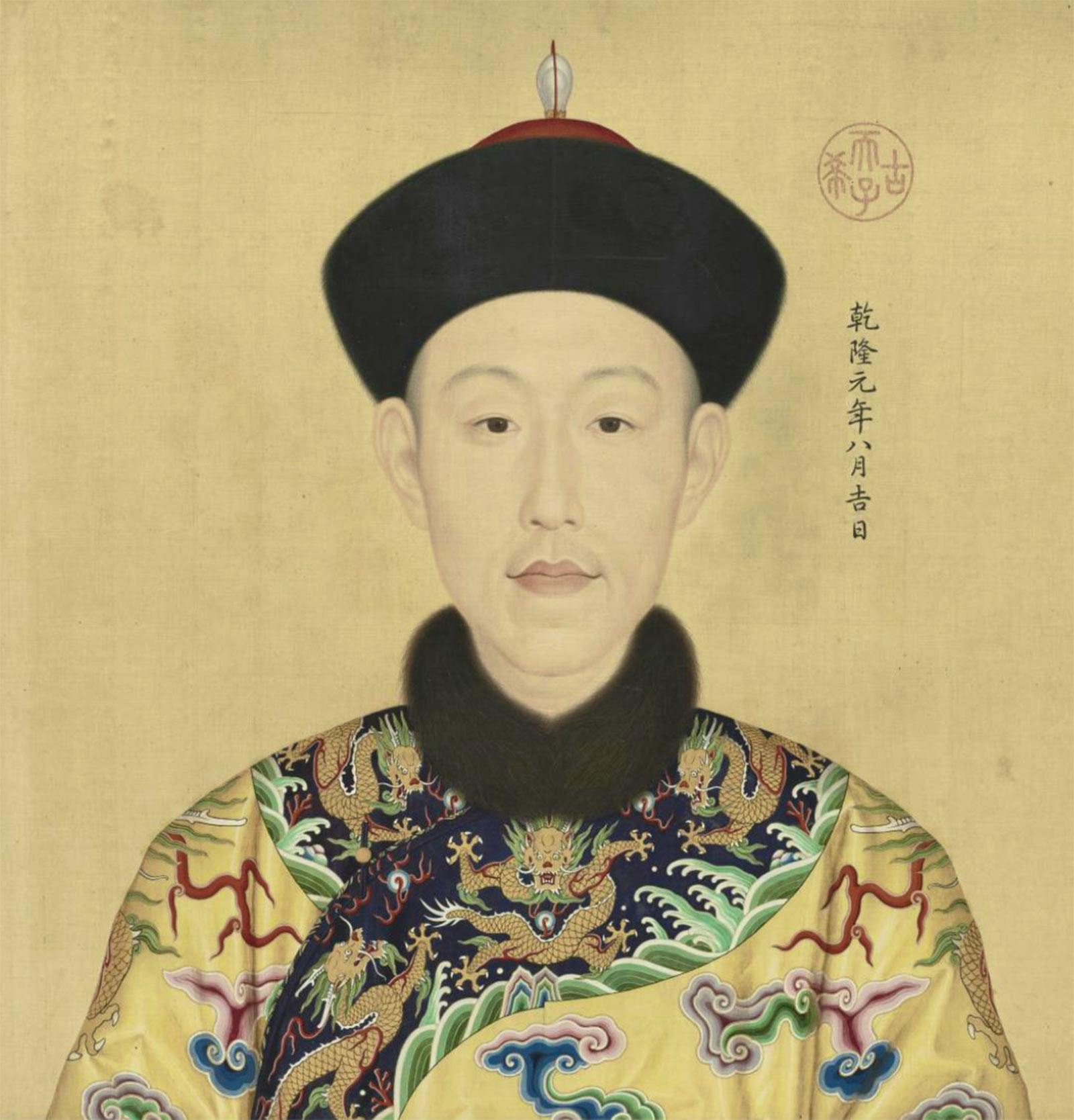
The Emperor Owned Two Giraffes
The African continent is far away from China. But in the early 1400s, the Chinese envoy Zheng He met with two travelers from the Kenyan kingdom of Malindi, and the Malinidian men gave the Chinese a giraffe.
The first giraffe arrived at the Yongle Emperor’s court, joined the next year by a second. We don’t know what happened to these giraffes, but they must have looked quite impressive walking around the Forbidden City!

Merchants Were Low-Class
Merchants and traders in China often earned a lot of money and could become quite rich. However, they were the among the lowest social classes in the Confucian hierarchy, even below farmers and peasants.
Hangzhou was the Most Beautiful Medieval City
When Marco Polo, the famous European traveler, visited China from 1271-1292, he called Hangzhou “the greatest city which may be found in this world.” Moroccan traveler Ibn Battuta, visiting in the 1300s, was similarly impressed by its greatness: he said Hangzhou was “the biggest city I have ever seen on the face of the earth!”
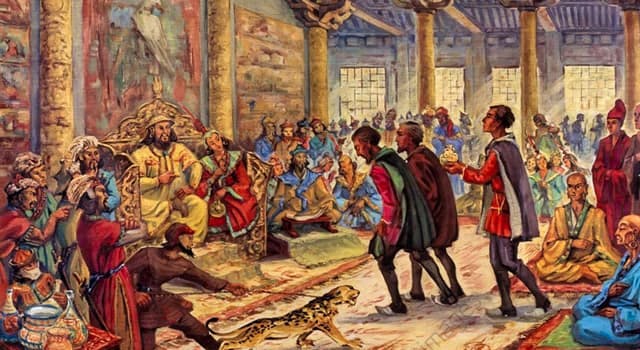
Most Men in the Forbidden City Were Eunuchs
Eunuchs were men who had been castrated–either as a punishment, a result of poverty/coercion, or even of free choice. Why would anyone want to be a eunuch? Emasculated and castrated men were used by emperors as servants as far back as the Han dynasty. In the Forbidden City, they were used as servants, spies, and workers in the emperor’s harem of women. Because they were castrated, they could not impregnate any women and were considered less of a threat to the emperor’s bloodline. They were also physically weaker, stopped growing beards, and lost their deep voices to sound like children or young women.

Eunuchs reached their zenith of power in the Ming dynasty, with 70,000 eunuchs serving in the imperial court at the end of the dynasty. The Qing reduced their number to 3,000 because they considered them a political threat. Despite the restrictions placed by the Qing, eunuchs were still a political force to be reckoned with. Since they had access to so much information, documents, and protocols, they could intervene in government affairs, have spies of their own, and even manipulate the emperor.
Chinese Coins Were Carried on Strings
Up until the Republican Era, Chinese coins had holes in them to be carried easily. People would thread the coins on a string and hang it from their belts. Large payments could be made in strings of 1000 or 100 coins.

Female Peasants Developed a “Women’s Script.”
You probably heard of Traditional and Simplified Chinese characters, but did you know there is another way to write Chinese? Nüshu (女书), or “women’s script” was developed by women in the 19th century in Jiangyong Prefecture, Hunan Province. Forbidden from formal education, these women invented their own handwriting to share information with other women, write songs and poems, and communicate. Outsiders did not know about this script until the 1980s.
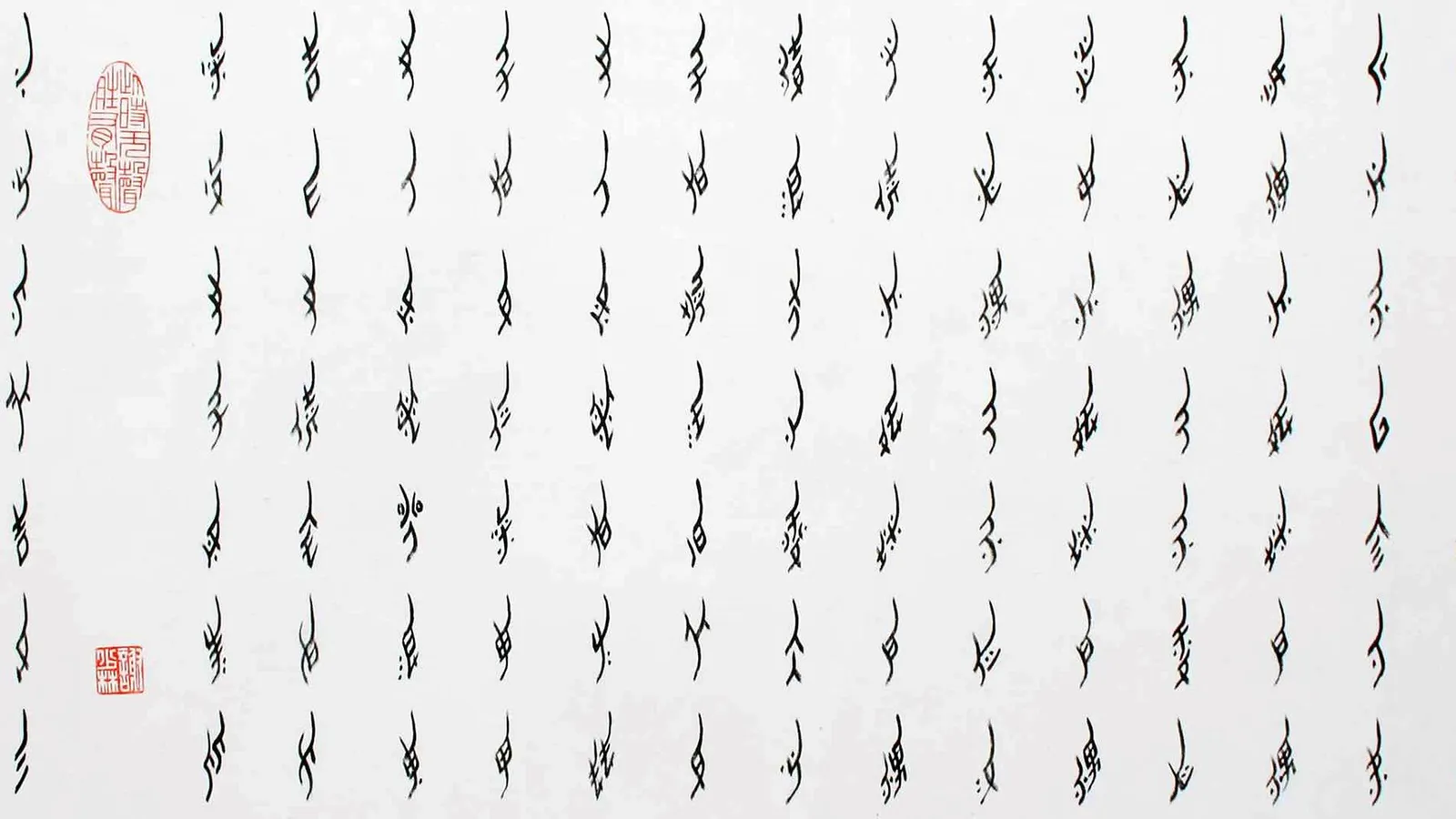
The “Silk Road” is Not a Real Road
Many people think the Silk Road is a real road from China to the West. Actually, the term “Silk Road” was invented by a German mapmaker who was making a map of Asia in 1877. The term was only translated into Chinese in the 1930s and it gradually caught on. The “Silk Road” actually just refers to the network of trading routes that connected China and other ancient kingdoms. Many other goods were traded between Chinese dynasties and multiple other kingdoms, including horses, fabrics, food and seeds, technologies, religion, and handicrafts.
China didn’t really “create” the Silk Road either. The Chinese envoy who first went west during the Han dynasty found already-existed trade networks. His goal was to collect military intelligence for the Emperor, not start a trading route.
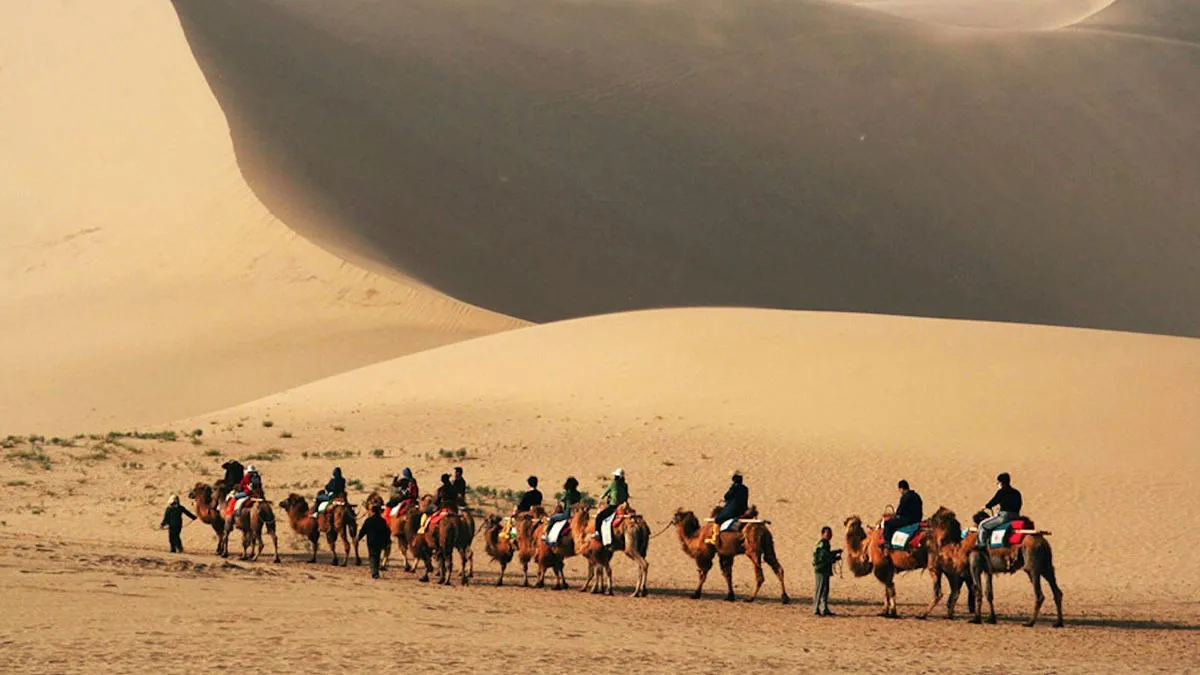
Chinese Correctly Learned Human Anatomy ~1400 Years Before Europeans
In 1628, the English physician William Harvey caused a stir by writing that blood circulated around the body in a loop instead of being created by the liver (as was previously believed). Though this idea was new to Europeans, Chinese scientists already knew the function of blood and the heart from at least the second century BCE.
A second-century BCE Chinese scientific text wrote about the “ceaseless movement in an annular circuit” of blood (circulation) and also compared the heart to a “bellows” pumping blood around the body. Bet you didn’t think anatomy would be part of our facts About Ancient Chinese History!

The “Queue” Hairstyle was Forced By the Government
When the Manchus conquered the Ming Dynasty and established their own Qing dynasty, the new emperors forced the Chinese to wear their hair in a style called the “queue.” The queue was a shaved forehead and long braid down the back. It was illegal to remove the queue or for men to wear their hair in a different style. Chopping off the queue was a sign of rebellion against the government.
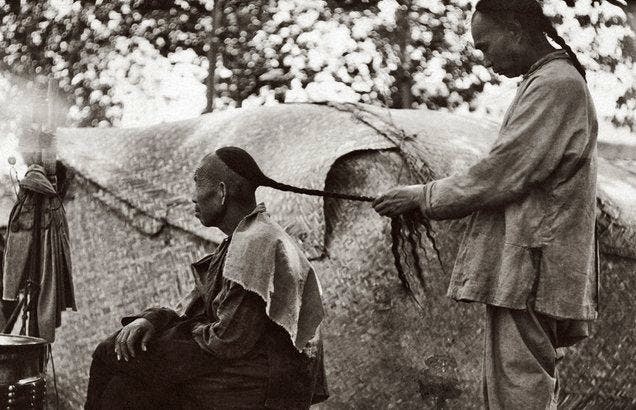
“Jesus’ Younger Brother” Almost Collapsed a Dynasty
In 1837, a young man from Guangdong named Hong Xiuquan experienced strange visions. He later declared that the visions meant he was the younger brother of Jesus Christ, sent to purify China from demonic forces–which included Confucianism and the Qing government. He gathered followers and armies and conquered large portions of central China to establish his Taiping Heavenly Kingdom.
The Taipings captured Nanjing and declared it the new capital, and commanded a population base of almost 30 million. Over a decade of war between Hong and the Qing forces led to widespread destruction and dynastic instability. The Taiping Rebellion is known as the bloodiest civil war in human history, and the largest conflict of the 19th century. Though the rebellion was eventually defeated, the Qing had nearly gone bankrupt funding its armies. The Taiping Rebellion is largely seen as a major factor in the collapse of the Qing in 1911.
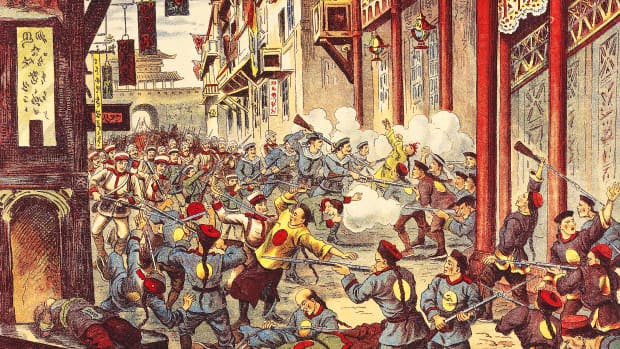
Missing Provinces In Ancient Maps
Today, China has 22 provinces. But the maps of ancient China looked a lot different, and there are many provinces that were changed on modern maps and are lost today. If you traveled around China 100 or 1000 years ago, you’d find many new provinces such as…
- Zhili Province, today’s Hebei Province. Created by the Ming Dynasty and dissolved by the Republic of China. Beijing used to be located in Zhili.
- Ü-Tsang Province, existed in the Ming Dynasty, today’s Tibet.
- Zhengdong Province, today’s Korean peninsula. When the Yuan dynasty conquered Korea they allowed the Korean Goryeo dynasty to become a semi-independent province.
- Jiaozhi/Jiaozhou Province, today’s northern Vietnam. The Ming dynasty established an administrative presence there but it only lasted from 1407–1428.
- Rehe/Jehol Province, this old province was split between Hebei/Liaoning/Tianjin/Inner Mongolia. This province was established by the Qing and continued until 1955. The Qing emperors had their summer palace in Jehol’s capital city of Chengde.

Learn More About China!
We hope you enjoyed these incredible facts about ancient Chinese history. There is a lot to learn about the thousands of years of Chinese history, almost too much for one article! We hope this information gave you some fascinating facts about Chinese history to educate and inspire you!
10 Chinese Dynasties You Should Know
16 Famous Chinese Sayings About Chinese Cities
30 Fun Facts About China – #8 Will Impress You
10 Facts You Probably Didn’t Know About Chinese Food!
- SUMC Deadline Extended: June 15, 2025 - April 26, 2025
- 5 Chinese Universities Without Application Fee - April 19, 2025
- 9 Best Schools to Study Chinese in Beijing in 2025! - April 6, 2025
